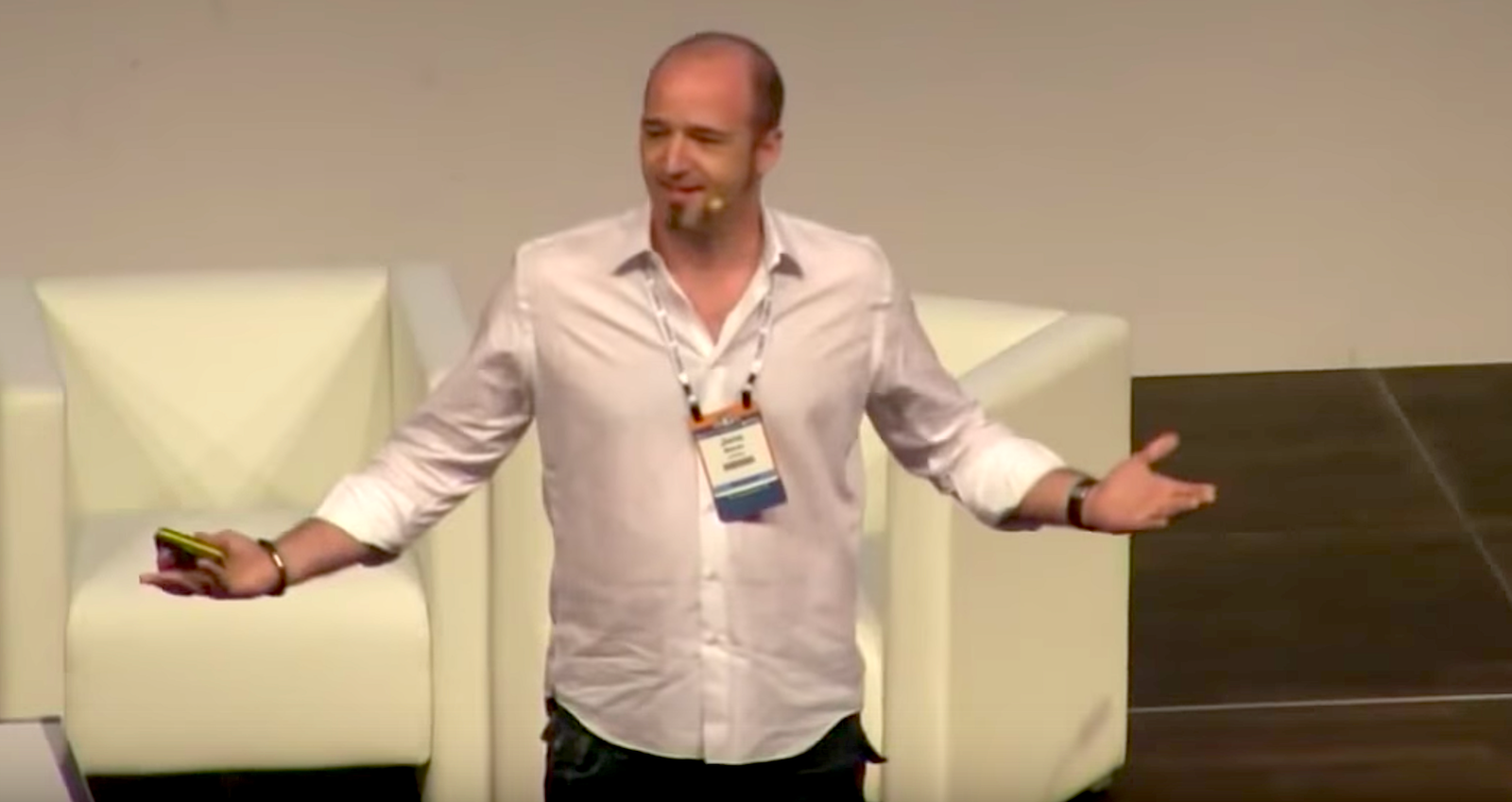The upcoming Open Source Summit NA — Sept. 11-14 in Los Angeles — offers many exciting keynote presentations and technical talks covering a wide array of topics, including cloud computing, containers, networking, diversity, and more. And, it’s also host to several co-located events that provide even more opportunities for collaboration and learning. Here are some of the events taking place.
Hacking for Humanity — A Social Innovation Hackathon with Girls in Tech
The Linux Foundation has teamed up with Girls in Tech Los Angeles for a unique two-day hackathon program to tackle global challenges. We invite women and men across all fields, including developers, designers, product developers, and entrepreneurs to participate.
Date/Time: Thursday, September 14, 10:00 am – Friday, September 15, 6:00 pm
Location: Plaza I/II, JW Marriott LA Live
Registration Cost: Complimentary. Register Here!
How to Build Habit-Forming Products Workshop
Learn how to build repeat engagement in this in-depth product development strategy workshop presented by Nir Eyal, author of Hooked: How to Build Habit-Forming Products. Eyal has constructed a practical framework and process for designing better products that gives product managers, designers, and marketers a new way for thinking of the necessary components of changing user behavior. Although no previous background is required, attendees are encouraged to come to the workshop with a product or business idea in mind.
Date: Thursday, September 14
Time: 6:30 – 9:30 pm
Location: Georgia I-II, JW Marriott LA Live
Registration Cost: $199 USD. Click here to register!
Kubernetes Core Concepts Live Training
This one-day course presented by Sebastien Goasguen serves as a crash course to learn the basics of Kubernetes. It is suitable for beginners and aimed at developers and system administrators who want to get started with Kubernetes. You will discover the Kubernetes architecture and how to install it. You will then learn how to use its basic primitives (i.e., pods, deployments and services) to build your own distributed application.
The course will be a mix of lectures, demos and hands-on exercises aimed at administrators and application developers who want to understand the overall architecture of a Kubernetes cluster and learn how to use Docker images in a Kubernetes cluster.
Date: Thursday, September 14
Time: 8:30 am – 5:00 pm
Location: Olympic 1, JW Marriott LA Live
Registration Cost: $429 USD. Pre-registration is required. Add this training to your existing Open Source Summit NA registration here.
The Linux Security Summit (LSS) is a technical forum for collaboration between Linux developers, researchers, and end users. Its primary aim is to foster community efforts in analyzing and solving Linux security challenges.
Date: Thursday, September 14 – Friday, September 15
Time: 9:00 am – 5:00 pm (subject to change)
Location: Gold 4, JW Marriott LA Live
Registration Cost: $100 USD. You can add Linux Security Summit to your existing registration here. If you would like to attend Linux Security Summit only, please register here.
The Moby Summit is a small collaborative event taking place on Thursday, September 14 alongside Open Source Summit North America. This summit is for container users who are actively maintaining, contributing or generally involved in the design and development of the Moby Project and its components: runC/ containerd, LinuxKit, Infrakit, SwarmKit, HyperKit, DataKit, VPNKit, Notary, libnetwork, etc.
Date: Thursday, September 14
Time: 8:00 am – 7:00 pm
Location: Diamond Ballroom 8/9/10, JW Marriott LA Live
Registration Cost: Purchase tickets for Moby Summit here! All revenue from ticket sales will be donated to a non-profit organization promoting diversity in the tech industry.
Open Source Entrepreneur Network Symposium
This one-day symposium is presented by John Mark Walker, Founder, Open Source Entrepreneur Network. Everyone uses open source now. It’s not so much a question of whether you use open source but how you optimize your usage and contributions. In this symposium, we will discuss the myriad of business models for selling open source-based products and services, investigate potential legal landmines around contributing to and using open source software, and look at best practices for incorporating the best of upstream open source innovation into your organization.
Date: Thursday, September 14
Time: 9:00 am – 4:00 pm
Location: Georgia I-II, JW Marriott LA Live
Registration Cost: $150 USD. Pre-registration is required. Add this symposium to your existing Open Source Summit NA registration here.
You can see the full schedule for Open Source Summit here.
Save $150 through July 30. Linux.com readers save an additional $47 with discount code LINUXRD5. Register now!




